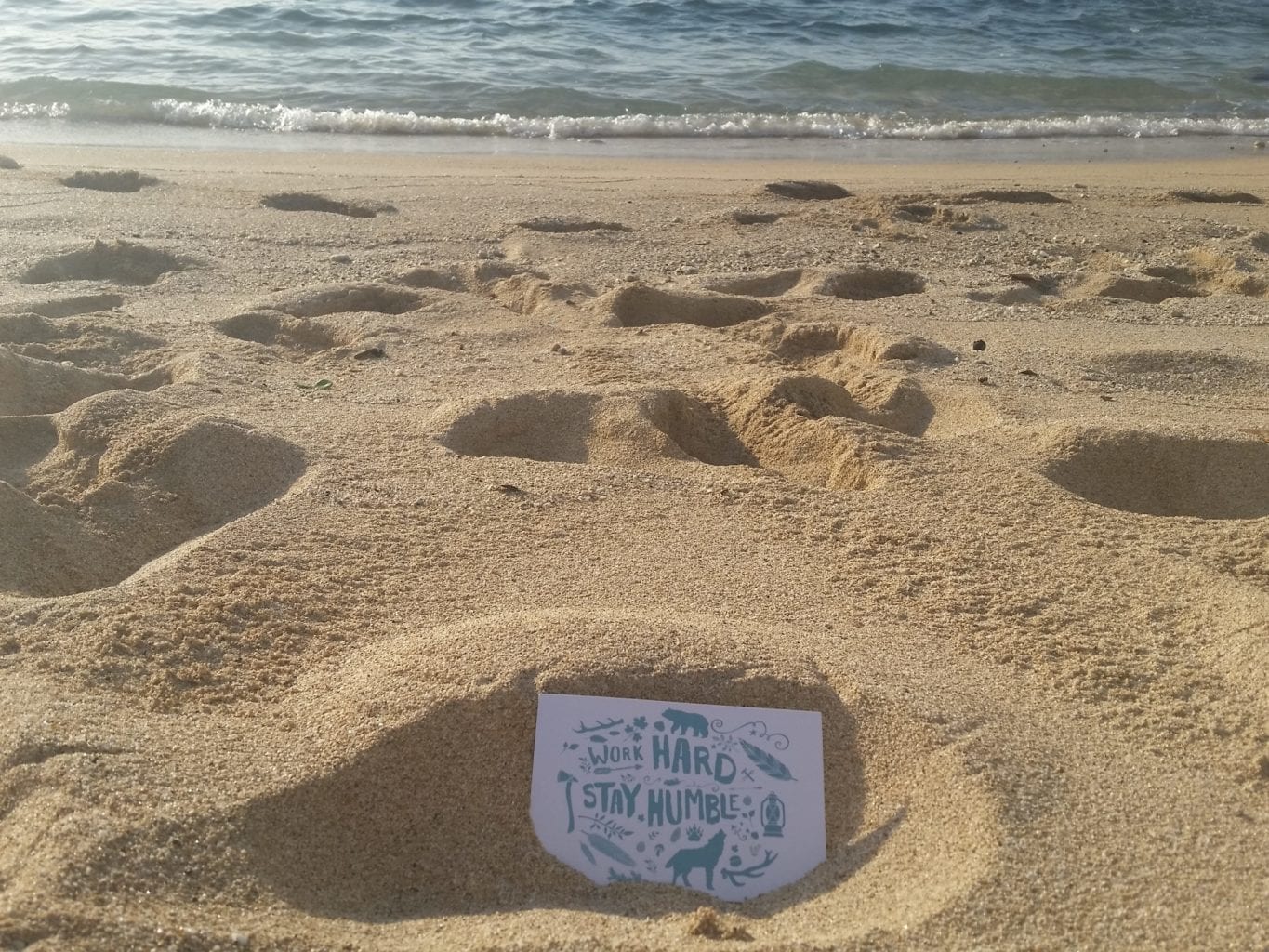We’re obsessed with visual content. Having our own in-house designers, it’s easy to preach about the virtues of strong, high-quality images. But sometimes budget or time constraints don’t allow for individuals or small businesses to employ the services of an experienced designer. A basic knowledge of how to edit photos will do wonders for your brand imagery.
In our last blog we shared our top tips for taking stronger photos for your website, blog, or social media platforms. Using our team’s lingo, we schooled you on how to #Forge a photo.
This week we’ll look at how to edit photos: fine-tune an existing image (with or without the help of a seasoned pro), using the top tips from Forge’s dynamic duo — designer Damian and senior digital strategist Pam. Get ready to #Smith it!

Get your #Smith on
If you or someone on your office team took a photo and you’re about to post it as-is, stop. This image is the shiny object that has to lure your social audience into clicking. A flat, dark, soft-focus, or otherwise sub-par image will negatively impact all the hard work you put into the rest of your digital content as people scroll right past it.
Ain’t nobody got time for weak photos.
1. Adjust your image
There’s more to enhancing an image than slapping a filter on it.
Filters are a social staple thanks to the popularity of Instagram, and chances are you’ve used one yourself (unless you’re one of those #nofilter types). The VSCO Cam app helps you edit photos, is customizable, and makes it easy to save images for use in other places like your blog or social media.
Another popular app for the mobile #Smith (and Pam’s favourite) is Pixlr, which boasts a wide variety of easily controllable options to edit photos including healing (for those bad skin days), straightening, tone- and colour-enhancing, and some fantastic effect filters.
- Do adjust the important things: brightness (if the image is too dark or too light), contrast (to brighten whites and sharpen blacks), saturation/vibrance (to boost colours), and sharpness (to make the overall image more crisp, especially handy if focus is slightly soft).
- Don’t go overboard on crazy filters, unless that’s your site’s objective. As a general rule, only apply filters for artistic effect when appropriate, such as on landscape or travel photos that aren’t human-focused.
- There’s a lot to be said for cropping. Remove excess or distracting surrounding details from your image to majorly improve its impact, drawing focus where you want it.
Below are examples of each step applied to the same photo using Pixlr for Android.
The first is the original, with sun glare flattening the tones of the beach.


In the next image, the contrast was tweaked to bring out the dark and light tones.


In the next image, the sharpness was enhanced to make the text and sand grains crisper.


In the last image, the vibrance was nudged to bring out the warm tint of the sand.


As you can see, while the original was “nice”, the edited image is toasty-warm and inviting.
2. Cropping & resolution
In the example above, the photograph was balanced and centred so cropping wasn’t really required. But sometimes (as we mentioned) you might want to reframe the image.
Make sure you don’t make the image too small, or it will look blurry or pixelated — a dead giveaway for poor image content. And never up-scale! Blowing up a smaller image will usually result in terrible quality; don’t do that to your audience.
For most blogs, images at least 800px wide will work well. If you have a highly visual blog with full-width images, you might need larger dimensions of 1200-2000px wide.
It’s also best practice to compress and save your photos as web-optimized JPG images so they load quickly on your site. Slow loading can hurt your SEO, and lead to viewers bouncing to a different search result.
Different image sizes are appropriate for different social networks. Some platforms will automatically resize your images, and they might not turn out the way you want. Take control and set the size yourself.
3. Work with a designer
Our clients get to work with our own talented designers, who can help create custom images for their websites and social media.
We see utilizing a skilled graphic designer as an investment in your site, and in your business. Your photos say a lot about who you are and what you do, so don’t let sub-par photos hurt your business reputation. Quality images can drive traffic and yield proven results. If you’ve invested the time in writing awesome content, your graphics should do them justice.
Now you’ve learned our favourite tips to #Forge and #Smith your photos. Tune in next time for the third and final part of this series, in which we’ll tackle how to brand those images we love to hate and hate to love: stock photography. Same bat-blog, same bat-channel.











